🏆 1. You Only Need ONE Amazing Offer: Alex Hormozi went from a string of failures to becoming a $100M success, all thanks to one “Grand Slam Offer”
In sales, always remember that the most important thing is not your business logo or your pricing. It’s not even your sales argument or closing tactic.
No, what really matters is your offer. Your offer is what you’re giving your customer in exchange for their money. Why do so many businesses struggle with sales? Because they’ve got a weak offer. A weak offer is easy to turn down.
On the other hand, Alex Hormozi says the #1 key to building a wildly successful business is creating a “Grand Slam Offer”—that is, an offer so good that people feel dumb saying no to it.
He says the most exciting fact is that just ONE amazing offer can build a multi-million dollar company. In this book, he shows us exactly how he did it, and how we could do it, too.
By the way, this isn’t exactly a new idea. 100 years ago, Claude Hopkins, one of the greatest copywriters of all time, said, “Make your offer so great that only a lunatic would refuse to buy.”
Read our summary of Scientific Advertising by Claude Hopkins
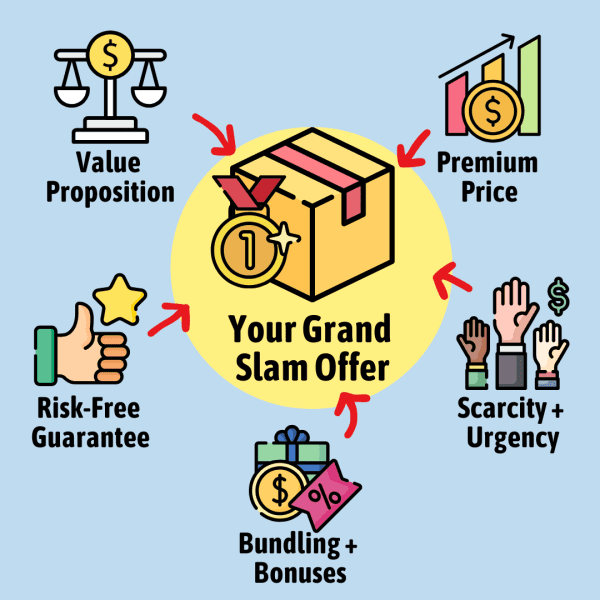
Alex Hormozi’s Journey from Failure to $100M
Today, Alex Hormozi owns a portfolio of companies that have generated over $100 million in revenue. But about 10 years ago, he was in a very different situation. It was kind of a nightmare.
Now, if you’ve ever seen Alex Hormozi on YouTube, then you know from his big muscles that he is passionate about fitness. So what was his first business? Opening gyms.
Alex worked hard for 4 years, filling his gyms with members. Then he decided to sell the business with his business partner, but Alex was betrayed when his partner took off with his half of the money—$45,000—leaving Alex with nothing.
So, Alex Hormozi put his marketing skills to work for other gym owners, showing them how to get members. His breakthrough came in late 2016, when he launched a product called Gym Launch that made $120,000.
But then disaster struck again. His payment processor froze the funds, leaving Alex and his wife Leila with barely $1,000 and facing bankruptcy. Things were looking very dark.
One Final Shot
In a desperate move, Alex launched one final offer. He went all-in, spending over $3,000 per day on ads (using a business credit card) to fill six gyms with members.
This massive gamble paid off. It became Alex’s “Grand Slam Offer,” earning over $100,000 the first month, and soaring to $3 million in profits within a year. A few years later, his businesses hit $100 million in sales—and it was all thanks to that ONE winning offer.
- In sales, the most important thing isn’t your pitch or the price—it’s the power of your offer.
- Alex Hormozi went from a string of difficult failures, to becoming a $100M success. His story proves that sometimes, the right offer at the right time is all you need.
If you want to grow any business, there are only 3 basic ways to do it, which greatly simplifies our job as entrepreneurs. This idea is mentioned in $100M Offers, but it was originally popularized by the marketing guru Jay Abraham, so I’ll quote him directly:
“I have good news—there are only three ways to increase your business: 1. Increase the number of clients. 2. Increase the average size of the sale per client. 3. Increase the number of times clients return to buy again.”
Read more in Getting Everything You Can Out Of All You’ve Got by Jay Abraham
🔑 2. Differentiate With a Unique Offer: To sell more at higher prices and with less competition, turn your product or service into a one-of-a-kind offer
As a clueless 23-year-old, Alex Hormozi spent $3,000 to join a mastermind run by TJ, a successful entrepreneur making $1 million per year.
Young Alex was confused about how to make a business succeed. Just like how many new entrepreneurs get stuck on choosing a business name or logo. TJ basically shook Alex by telling him that none of that other stuff was important. He said:
Your offer is everything. To succeed in business, you must do one thing—create an offer so compelling that people feel foolish saying no.
This was the key piece of advice that helped Alex scale not one, but four companies to $1.5 million in revenue each over the next few years. The magic lies in making your offer a no-brainer.
The Commodity Trap
Most people get into business, they put up a product or service for sale, then look around at what everyone else is selling for, and price their product a little lower. Here’s the problem with that strategy.
When you enter the market, if your product or service looks just like what everyone else offers, you’re forced to compete by lowering prices. This strategy leads to a vicious cycle of higher competition and lower profits.
The key is to avoid selling just another commodity. In this book, a “commodity” means a product or service that competes directly with other businesses. Think of a “medium coffee,” which you can buy for practically nothing at convenience stores anywhere.
Instead, aim to create unique offers, like Starbucks, where customers willingly line up to pay several times more for a premium experience. This approach allows for higher pricing and less resistance, setting you apart from the competition.
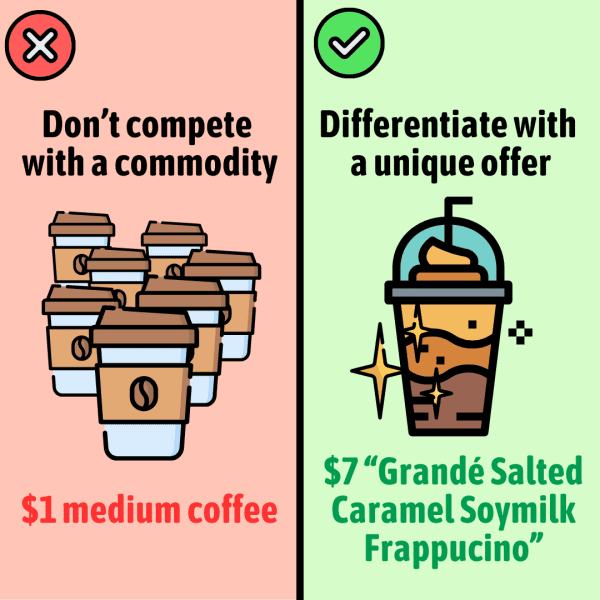
Make Your Offer Unique
What’s the ultimate solution to the commodity trap? To transform your me-too product or service into a one-of-a-kind offer.
You make a unique offer by adding additional things to your offer, so that what you sell solves your customer’s problems more fully than anything else on the market. For example, when Hormozi was selling gym memberships, he would add valuable components, like a personalized meal plan, that nobody else offered.
When your offer is truly unique, customers don’t even look at your competitors to compare prices, because only you offer what they really want. As a result, you sell more, easier, and at higher prices. How exactly do you come up with your unique offer? The core part of $100 Offers will later explain the process.
Russell Brunson is the co-founder of ClickFunnels, a software company that does over $100 million in sales annually, and he’s also one of the best teacher of online business. In his fantastic book Dotcom Secrets, Brunson tells us what a great offer does:
“The goal of an offer in its most simple form is to: (1) Increase the perceived value of what is being sold. (2) Make the thing being sold unique to you and only available within this special offer.”
Read more in our summary of Dotcom Secrets by Russell Brunson
I have to mention that making what we sell unique is definitely not new. The Unique Selling Proposition (USP) is a classic marketing idea first taught by advertising men of the 1960’s like Rosser Reeves. Having a USP for your business is about answering the question: WHY should someone buy from you instead of your competitors?
In other words, what makes your offer new and different, so that it solves your customer’s problem in a way that is better, faster or easier? A powerful example of this is Domino’s, which dominated the hyper-competitive pizza market with the USP of “pizza delivered in 30 minutes or less, or it’s free.”
- New entrepreneurs often get stuck in the trap of selling a commodity: a product or service easily comparable to competitors, and that leads to stiff competition and price shopping.
- The solution is to add unique components to your offer, making it impossible to compare to anything else on the market.
🍽️ 3. Target a Starving Crowd: New business owners often forget the most important thing is focusing on a specific market hungry for what you offer
Most business owners begin with thinking about what product or service they want to sell. But the most important part of your business is not WHAT you sell, but WHO you sell to. So you should begin with finding the right market.
What is the right market? A group of people highly motivated to solve some urgent pain, need, or desire.
(For more details, read the hamburger stand example from the late great copywriter Gary Halbert, who is mentioned in this book only as an unnamed “marketing professor.” Basically, Halbert said if you’re opening a hamburger stand, the most powerful advantage you can have is NOT a better product, a great location, a lower price, or anything else. The biggest advantage is having a starving crowd.)
So, first find your starving crowd, then create a product or service that meets their needs. Not the other way around.
Narrow Your Target Market
Most small business owners want to say that anyone can buy my product or service. On the surface, that makes sense. Like, why would you turn away any potential customer?
However, one of the most powerful marketing strategies is narrowing your target market. Because when we focus on a smaller, more clearly defined group of customers, then our sales message immediately resonates deeper, making your offers more compelling.
For example, Alex Hormozi did not begin with teaching marketing to all small business owners; he only targeted gym owners. And because he was selling a solution to a very specific problem—filling gyms with member—he could charge up to $42,000 per year. Why were people willing to pay that much? Because they would increase their business income by 5x that amount.
Once you’ve dominated one niche market, you can expand to another, then another. But until you’re making at least $10 million per year, Alex recommends going narrower.
The billionaire Peter Thiel, who cofounded PayPal and Palantir, and was the first investor in Facebook, actually wrote a book about how to make a successful startup business, where he said, “The perfect target market for a startup is a small group of particular people concentrated together and served by few or no competitors.”
- No amount of fancy marketing tricks can overcome the mistake of selling something people aren’t hungry for in the first place. First, look for a starving crowd.
- Narrow your target market to make your sales message far more powerful to a specific group of people, enabling you to serve their needs better and charge higher prices.
💎 4. How to Raise Your Value: To charge higher prices, increase the value of your product by appealing to desire, certainty, speed and ease
Charging higher prices is almost always the right move. Alex Hormozi argues that business owners who try to compete by lowering prices usually become trapped in a downward spiral of diminishing profits, lower product quality, and worse client outcomes.
Businesses that charge premium prices, on the other hand, often rise in an upward spiral. Larger profit margins allow them to invest more into product quality and advertising reach. (A good example of this is Apple.)
When Alex Hormozi’s clients spend more money, they tend to be more invested, which means they take more action and get better results. Studies even prove people get a better experience from more expensive products, like wine actually tastes better to our brains when we know it is expensive. Weird, huh?
But how do you increase prices without losing sales? You can do it by increasing your product’s value, so customers still feel like they’re getting a great deal.
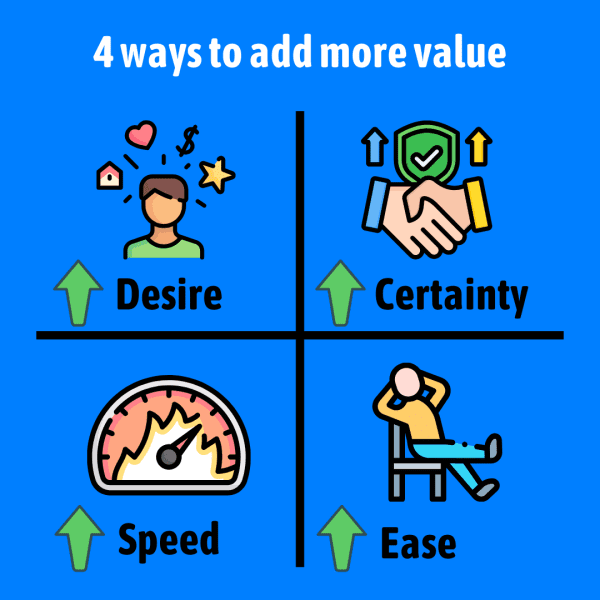
There are 4 ways to raise the value of our offer:
1. Fulfill their true desire
You must make sure your offer fulfills real desires people have. These tend to be rooted in universal human needs like shelter, food, belonging, love, appreciation, etc. The stronger the desire you solve, the more people will be willing to pay for your solution.
Hormozi says we cannot create desire, but only channel the market’s pre-existing desires onto our product. Here he’s actually paraphrasing Eugene Schwartz, one of the greatest copywriters of all time.
In his 1966 book Breakthrough Advertising, Schwartz wrote: “Copy cannot create desire for a product. It can only take the hopes, dreams, fears and desires that already exist in the hearts of millions of people, and focus those already existing desires onto a particular product. This is the copy writer’s task: not to create this mass desire – but to channel and direct it.”
For example, people want to be attractive and healthy, so we can channel that desire into a gym membership, a supplement, a skin cream, or 100 different things.
Read our summary of Breakthrough Advertising (coming soon)
2. Provide greater certainty
Most people really value avoiding risk. They will gladly pay more for greater certainty that your offer will give them the result you promise.
You can increase certainty by showing your past experience, customer testimonials, and providing guarantees that they will be satisfied. The type of product also makes a difference—people are willing to pay more for a service than a how-to course, because they can’t be certain they will be able to apply the course.
In the gym marketing business, Alex Hormozi’s competitors generally charged $500/month. However, Alex charged his top clients $42,000 per year. He could justify those prices because his system helped them earn $239,000 more per year on average and he guaranteed results. The goal is to raise prices by 10x by increasing value by 100x.
3. Decrease the time
Speed has value. People often pay more to get their desires met faster. People have built many $100 billion companies around providing increased speed, like Amazon’s 2-day delivery, McDonald’s 5-minute fast food, or FedEx’s guaranteed overnight shipping.
In the context of an online course or coaching, you can add quick wins and milestones, so your customers feel like they’re making fast progress right away.
4. Decrease the effort
Make it easier for your customers to get their desired result. How? Provide a step-by-step plan, a shortcut, a tool. Remove steps in the process. Do the work for them. You want it to feel closer to taking a pill for stress rather than a 6-month meditation course.
For example, Hormozi once created a spreadsheet app that automatically created weekly meal plans for his gym clients, based on their personal goals. He made this spreadsheet one time, and it became an invaluable asset that provided value to his clients for years.
Another fantastic book for new entrepreneurs is “The Millionaire Fastlane” by MJ DeMarco. DeMarco echoes the same idea, saying the key to success in business is NOT to “follow your passion” or “do what you love,” as we’re often told. The key is to forget about our own selfish interests, and become intensely curious about the selfish interests of others.
That author wrote, “People care about what your business can do for them. How will it help them? What’s in it for them? Will it solve their problem? Make their life easier? Provide them with shelter? Save them money? Educate them? Make them feel something?”
- Charging higher prices puts our business into an upward spiral, leading to higher profits and better results for our clients.
- To deserve higher prices, increase the value of your offer. Fulfill your customer’s true desires, and reduce the uncertainty, time, and effort needed to get their desired outcome.
🧩 5. Solve All Their Problems: Create an offer that removes ALL the obstacles on the way to your customer’s ultimate desire
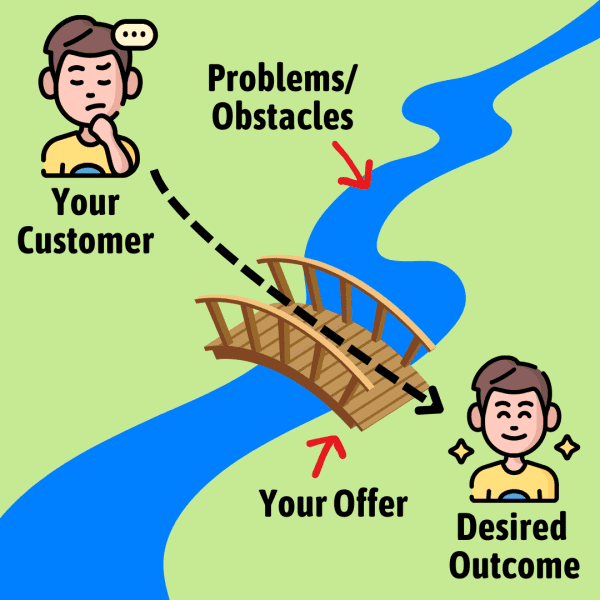
So, how do you actually build this amazing offer that is not only unique, but unique in a way that your customers deeply value?
This is really the core part of $100M Offers. I’ll simplify the process as quickly as possible into 3 steps:
1. Identify what your customers really want
To find people’s real desire, you can ask “why” repeatedly until you get to their core motivation. For example, most people don’t want a monthly gym membership; they may just want to lose weight. So rather than pitching a monthly membership that nobody wants, you can create an offer that aligns with their true desires, like a challenge to lose 15 lbs in 4 weeks.
Dan Kennedy is an influential marketing teacher mentioned several times in this book. One thing he often teaches is the difference between features and benefits. As business owners, we tend to love our product or service, so we talk about the features. But customers are looking at it from their own selfish perspective, they only care about what it can do for them, and those are the benefits.
Dan Kennedy says, “People do not buy things for what they are; they buy things for what they do.”
Read our summary of The Ultimate Sales Letter by Dan Kennedy (coming soon)
2. List every problem your customers will face
On the way to achieving their ultimate goal related to your offer, what other problems will your customer face? This includes challenges they have before and after using your product or service.
For example, if a new gym member wants to lose weight, they face additional challenges with buying groceries, cooking meals, eating out, etc.
3. Turn each problem into a solution
For each problem you just listed, ask what you would need to give your customer to solve it.
Some tips:
- Brainstorm very loosely at the beginning—come up with some wild ideas to get your thinking flowing. Don’t worry yet about how difficult it would be to implement these ideas, because later you’ll make it more realistic.
- Think of solutions that require different levels of your personal attention vs their effort. For example, if they want a website, do you build it for them or teach them how to do it?
- For information products, think of different media types, like a checklist vs guide vs video course.
- Focus on high-value, low-cost solutions. These tend to be scalable, something you make one time and can sell over and over again, like a workbook or software.
For example, Hormozi was so successful with selling gym memberships because he didn’t really sell gym memberships. He stopped trying to sell a monthly subscription for $99/month, a commodity that is easily compared to other gym memberships, including large chains that can afford to charge way less.
Instead, he sold a “6 Week Challenge” fitness bundle for $600. This included extra bonuses to help people reach their real goal of losing weight. For example, to overcome the challenge of buying healthy food, he provided personalized weekly food shopping lists and a special training class. That one bonus alone is way beyond what any other gym provides, which made Hormozi’s offer incomparable, making his advertising ROI skyrocket by 30x.
- To design your game-changing offer, keep asking “why?” until you find your customers’ true desires.
- Then list ALL the other problems and obstacles they will face getting that desire.
- Finally, write down your potential solutions to every one of the obstacles. You’ll eventually bundle these into your offer.
🎁 6. Putting Together Your Offer: Increase the perceived value of your offer with the right name, compelling bonuses, price stacking, and a strong guarantee
Now let’s talk about putting together your offer. This is the package you’ll actually be presenting to your prospects. This is where you really want to build up the total perceived value of your offer, so you can show off something people feel dumb saying no to.
Here are the strategies you’ll use:
1. Stack the value
When you present your offer, you want to present each component individually, with a separate dollar value. Then you’ll add up all the values to present the real value of your offer. Now here’s the fun part. Then you reveal your real price, which should be much less than that number. This is called stacking. It’s a concept the sales funnel expert Russell Brunson is also a big fan of.
A quick example to illustrate this. A restaurant sells a hamburger for $10, fries for $5, and drinks for $2. Total value is $17, but you can buy the combo offer for only $14. Most people get the combo because it feels like a great deal, and it is. The restaurant also wins because the customer who takes the combo spends 40% more.
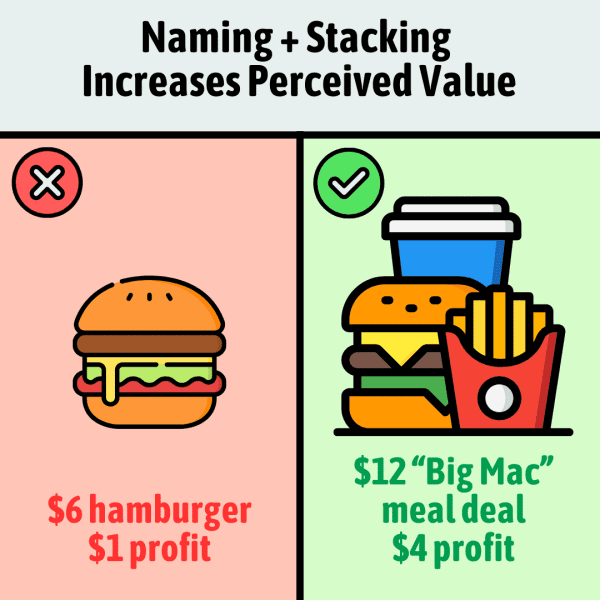
2. Add bonuses
Splitting your offer into multiple pieces is one of the best ways to increase perceived value because it allows you to highlight and sell each piece separately. You can offer bonuses like checklists, templates, and tools. Consider partnering with other companies for additional bonus items.
For example, a coach who teaches managers how to become better leaders could pull out one particular lesson from their course and sell it as a separate bonus. It should be something their customers especially desire, like a script showing how to negotiate a raise.
3. The right name
A great name can immediately make someone want to buy your offer. Your name should include the RESULT they want to achieve. Like if the main benefit of a fitness course is six pack abs, then “Six Pack” should probably be in the title.
Other good elements to include are: WHO it’s for and HOW LONG it will take. Like “6-Week Six Pack Bootcamp for Busy Men.”
4. Add a Guarantee
We need to recognize that people take a risk every time they buy a product or service. They risk losing money and not getting the promised result. By providing a guarantee, we greatly reduce that feeling of risk, and make people feel safe buying. In fact…
Hormozi says the #1 way to increase sales is by offering a guarantee!
- Finish creating your offer by giving it an exciting name that includes the result it achieves, and maybe who it’s for and how long it takes.
- Add bonuses that are especially desirable, solving some very specific and painful problem. Stack the value of everything in your offer to raise the perceived value. Finally, add a guarantee to reduce risk so people feel safe buying.
⏳ 7. Make it Limited: Boost demand for your offer by applying the psychological tactics of scarcity, urgency, and exclusivity
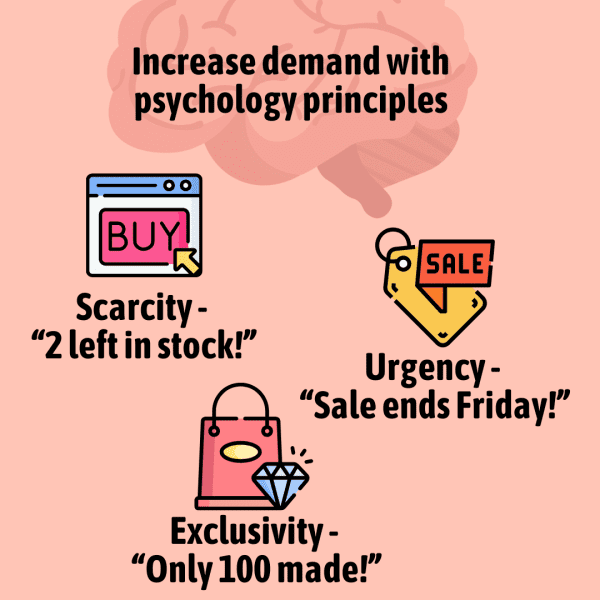
There are ways to increase demand for your offer that don’t require lowering the price. These psychological tactics have been studied for decades by researchers and marketers alike. Probably the most famous marketing book that talks about these kinds of ideas is Influence by Robert Cialdini, so you should definitely check that book out next.
Let’s talk about three of these strategies that Hormozi teaches in $100M Offers.
1. Scarcity
Scarcity is about creating a limit, so that customers feel they may not be able to buy the product or service in the future. This is based on the psychology that fear of loss is more motivating than desire for gain. We want things more when they appear less available. A simple example can be seen on Amazon, when they have the red text near the buy button saying “only 1 left in stock.”
The best scarcity is honest, says Hormozi. What does that mean? Most businesses have some natural limit to how many customers they can serve each month. Like if you’re a web developer, maybe you can take a maximum of 5 clients at a time. So all you need to do is mention and advertise that number!
2. Urgency
Urgency is about creating offers that are time-limited. Having a deadline is perhaps the best way to drive immediate decision making with your customers. The best way to implement this is frequent seasonal promotions. Perhaps each month you offer a different bonus for signing up.
3. Exclusivity
People pay more for things that increase their status. After all, the richest man in Europe is Bernard Arnault, who owns luxury fashion brands like Luis Vuitton. Their handbags are functionally identical to a $20 handbag from Walmart, but provide the buyer with the intangible benefit of status through exclusivity.
Hormozi follows a strategy called “skimming the pyramid,” which means that he would rather sell 2 clients at $5,000 each than 20 clients at $500 each, even though it would result in the same money. By serving fewer people at a higher price, it creates a sense of exclusivity and pent-up demand for the next time he opens the doors for his offer. As a bonus, it’s a lot easier to serve 2 clients well.
Before his world-shaking political career, Donald Trump made a name selling very high-end real estate. In his book, The Art of The Deal, he revealed the best strategy for super expensive products is exclusivity. That means playing hard to get, not appearing eager to sell, and even putting people on a waitlist. On selling luxury apartments in Trump Tower, he wrote, “The more unattainable the apartments seemed, the more people wanted them.”
- Part of human psychology is wanting what we can’t easily have. We can leverage this to increase demand for our offers.
- Scarcity is about setting a limit to quantity available. Urgency is setting a limit to time availability. Making your offer less available can be leveraged to create an element of exclusivity and status, which people are willing to pay for.
- Pinpoint Your Starving Crowd: Conduct targeted market research to identify and understand a niche group with unmet needs relevant to your offer.
- Craft a Unique Selling Proposition: Analyze your competition, pinpoint what they lack, and highlight these unique features in your offer.
- Define Your Grand Slam Offer: Identify every single problem your target market will face achieving their main goal. Develop a product that addresses all those problems better than any competitor.
- Enhance Your Offer’s Value: To create an amazing offer, always ask how you can help people achieve their real underlying goal with greater speed, less effort, and greater certainty.
- Eliminate Purchase Barriers: Identify common objections or fears, then address these directly in your marketing and sales processes to ease concerns, primarily through your guarantee.
- Package Your Offer Attractively: Choose a descriptive name, include a few bonuses, then present your offer as a “stack” to increase perceived value.
- Implement Scarcity Tactics: Set a limit on the availability of your offer, either by quantity or time. The most common way to do this is with monthly promotions.
What is the most important part of your business according to Alex Hormozi?
Your product
Your brand
Your price
Your market
Why are guarantees and testimonials helpful in increasing sales?
Build desire
Increase certainty
Create urgency
Reduce effort
Which of the following is NOT part of the Hormozi's Value Equation?
Increase Desire
Increase Certainty
Increase Price
Reduce Effort
What is the main purpose of stacking your offer?
Show potential savings
Convey a great deal
Highlight individual features
Allow for more bonuses
Which of the following promotions is an example of scarcity?
Limited time offer – ends midnight!
Buy one, get one free!
Hurry, only 5 units left in stock!
Exclusive offer – members only!


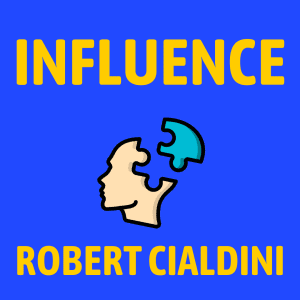


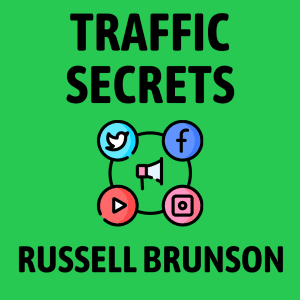



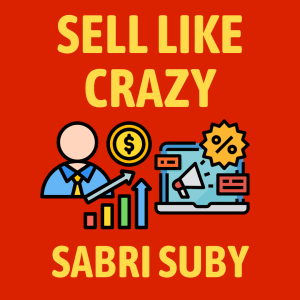
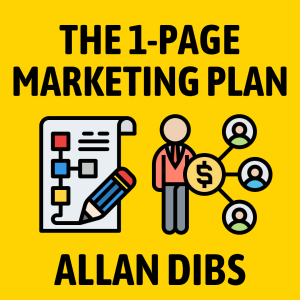
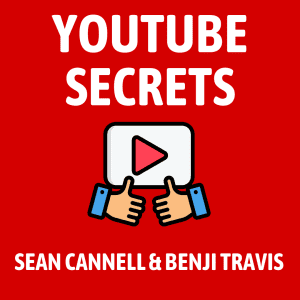

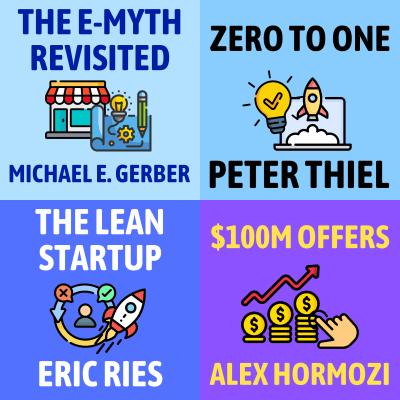




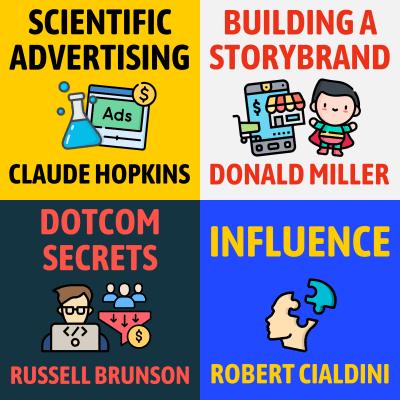
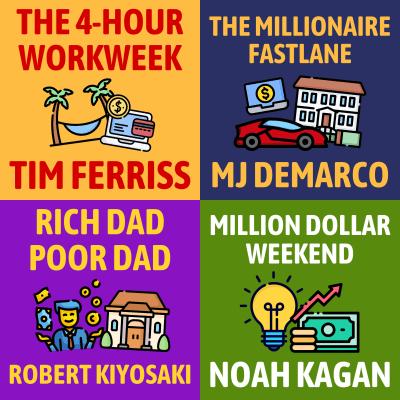












Awesome summary! learned a lot from the connections you are doing! Can you please considering doing “sell like crazy” from sabri? I think that would be a great addition and I’m curious to read what kind of connections you’ll mention. Thanks again for all the effort and care!
Thank you! I’m glad you learned new things from the summary! “Sell Like Crazy” looks like another great book for business owners that want more clients. I’ve put it on our list of book requests, but can’t make any promises about when it will be added because our list is quite long! -Derek
Awesome!